Discover Diller Scofidio + Renfro’s Blue Dream house in the Hamptons
A new monograph captures Blue Dream house and the lengthy design and construction process of a quintessential example of contemporary Hamptons architecture
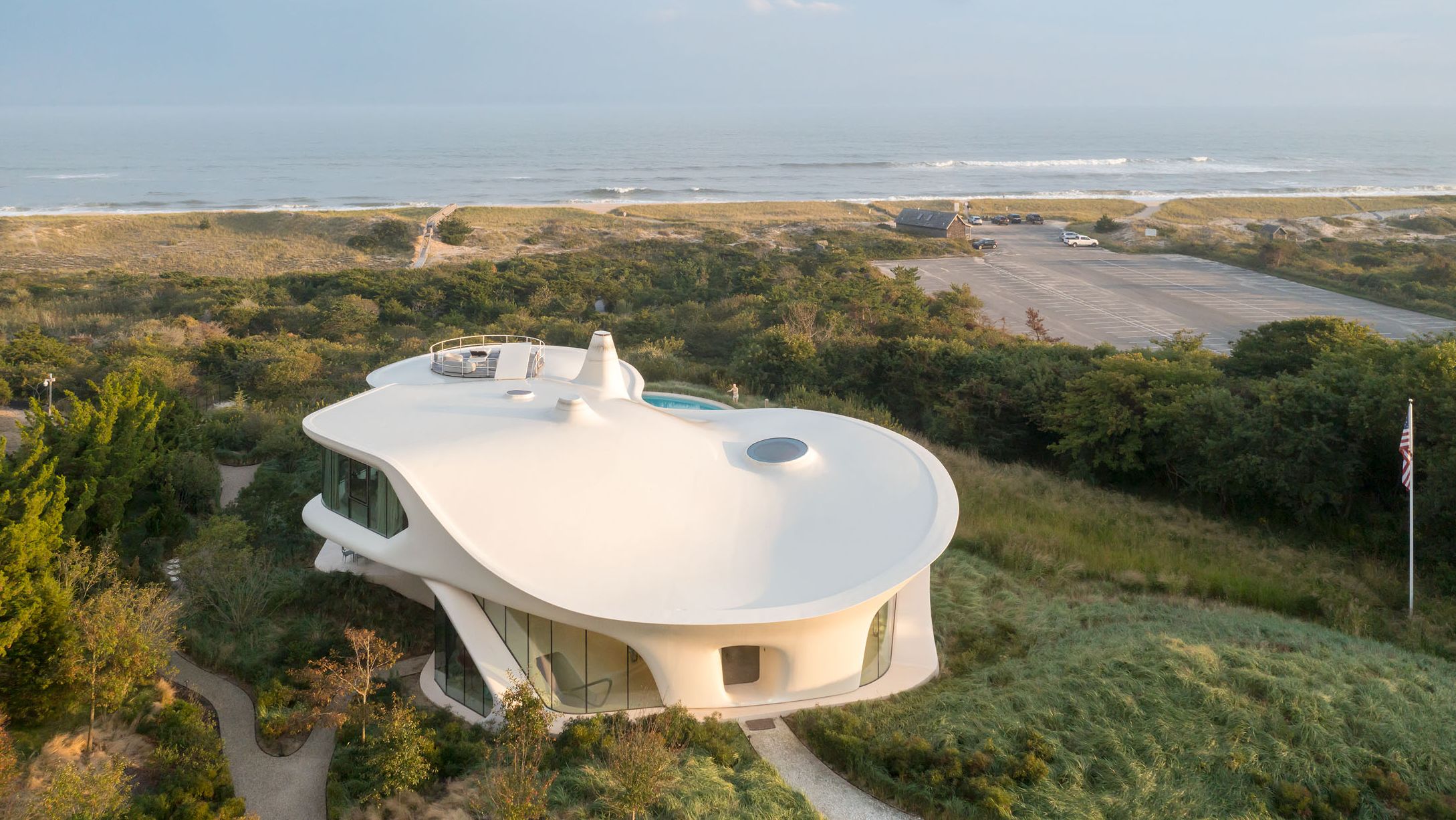
Blue Dream is a house in the Hamptons. Nestled in the dunes behind Two Mile Hollow beach in East Hampton, the project is the culmination of a long, long design and construction process. This new monograph, authored by architecture critic Paul Goldberger, tells the story of Blue Dream, locating it within the existing tradition of avant-garde design and innovation in the region.
The house was commissioned from Diller Scofidio + Renfro by realtor and collector Robert S Taubman and his late wife, Julie Reyes Taubman, a photographer and writer who was also one of the driving forces behind the creation of the Museum of Contemporary Art Detroit.
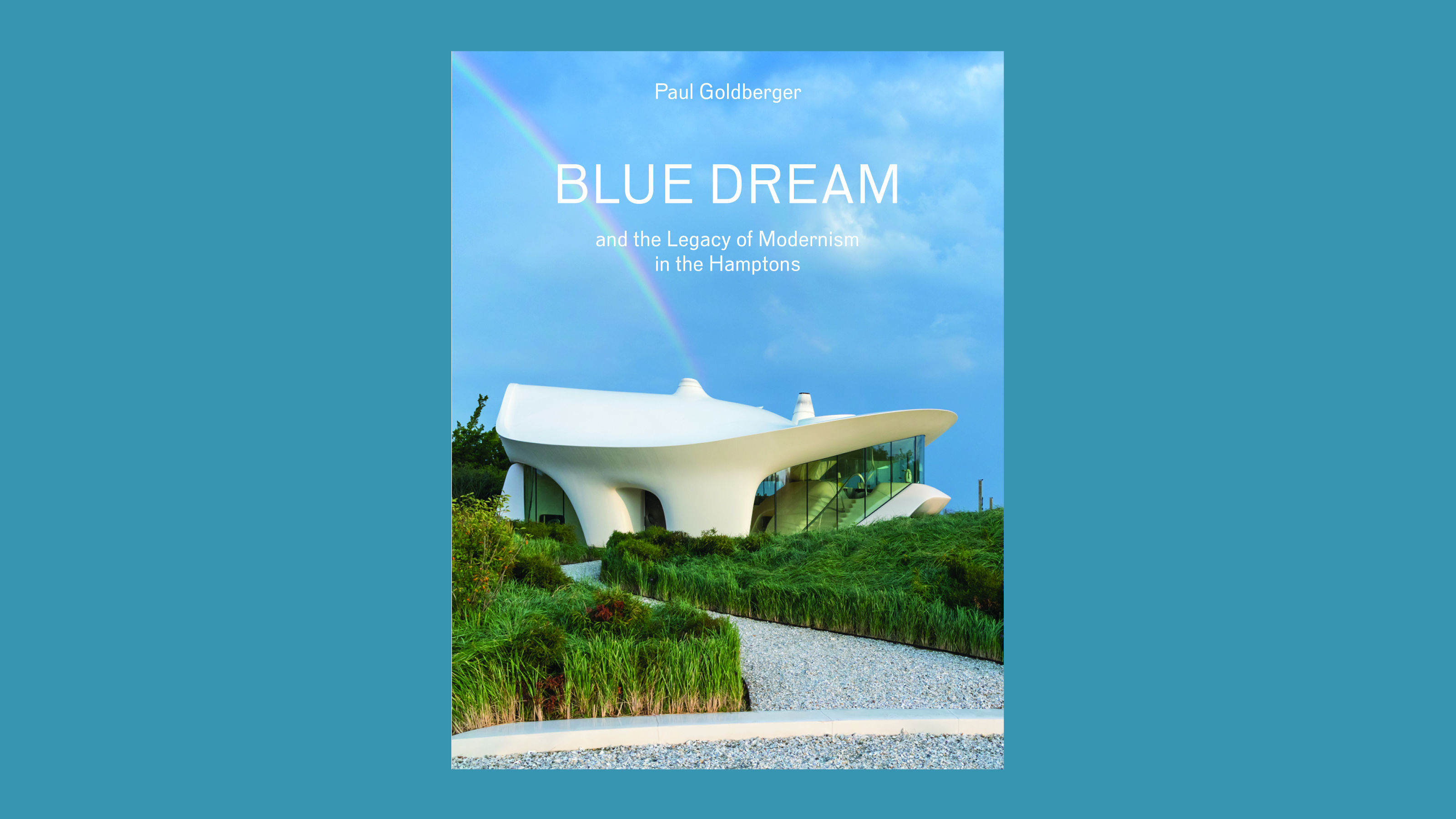
Blue Dream and the Legacy of Modernism in the Hamptons
The story of Blue Dream
Built by esteemed local contractor Ed Bulgin, with landscaping by Michael Boucher, Blue Dream is Diller Scofidio + Renfro’s first private residential project, a wispy concoction of fluid concrete, fibreglass and ribbons of glazing overlooking the beach.
The Taubmans acquired the site in 2005, deciding from the outset that this would be a bold departure from convention, as well as a suitable backdrop for a spectacular collection of 20th-century art and design. Inside and out, Blue Dream departs radically from the area’s clapboard vernacular.
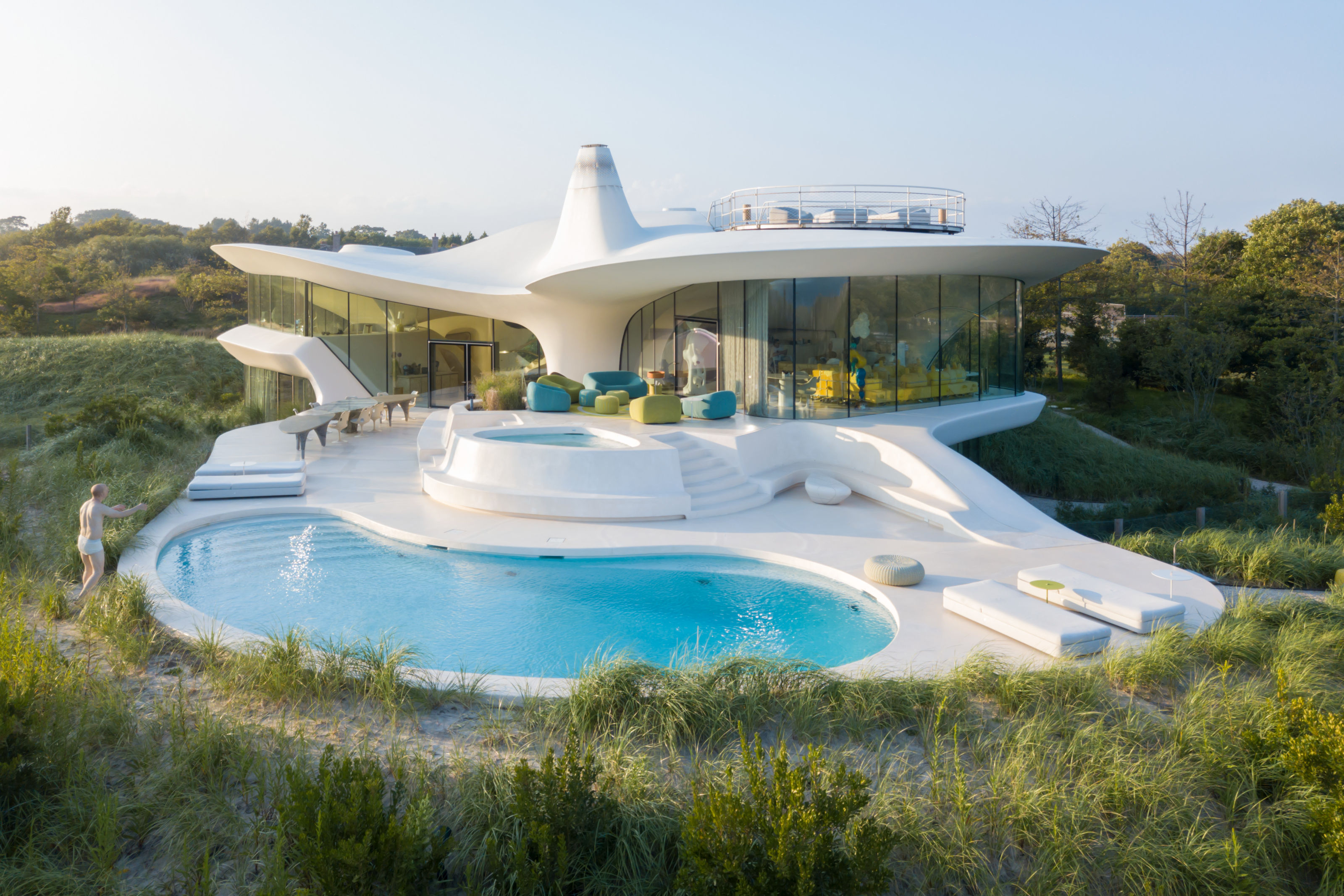
Blue Dream house, Diller Scofidio + Renfro
Goldberger digs deep into the architectural heritage of both clients, who each came from the moneyed world of American philanthropy and patronage and had a strong pull towards the avant-garde. He also charts the Hamptons’ role as a crucible of 20th-century architectural innovation – something inextricably linked with that world of money and privilege.
The Taubmans searched far and wide for an architect, considering Shigeru Ban, Tod Williams and Billie Tsien amongst others, eventually running a modest competition that led to a number of design ideas being worked up by Thomas Phifer. At the 11th hour they moved on, commissioning Peter L Gluck to work up yet another ultimately fruitless design.
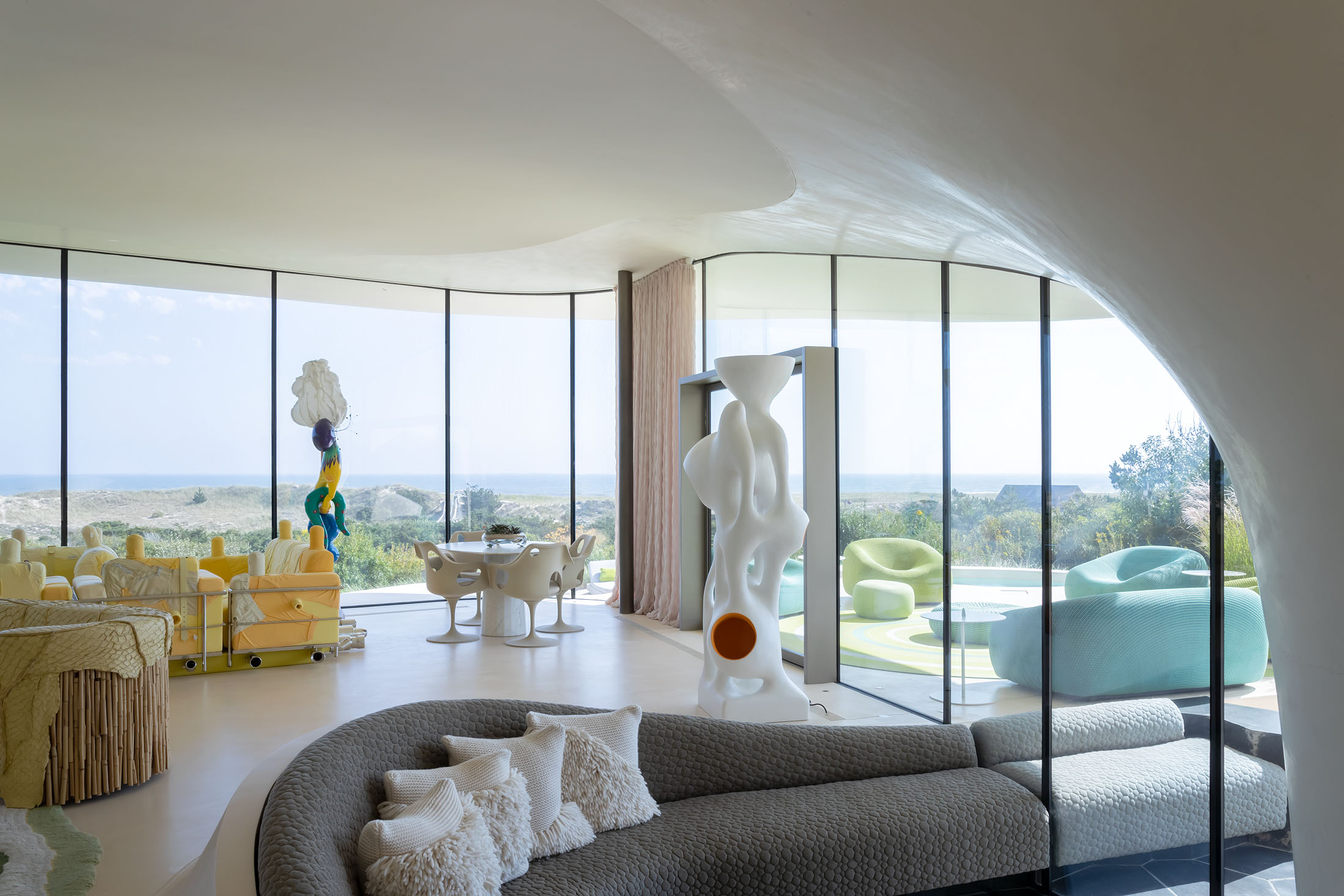
Blue Dream house, Diller Scofidio + Renfro
This long-drawn-out process eventually settled on DS+R’s studio; nearly six years after the clients acquired the site, the design process had to start all over again. As with almost all cutting-edge works of architecture, the process and execution are at least as fascinating as the finished product. Blue Dream is no different, with major changes – like the shift from poured concrete to fibreglass for the swooping roof structure – further impacting on the building programme.
Wallpaper* Newsletter
Receive our daily digest of inspiration, escapism and design stories from around the world direct to your inbox.
Shaping the interiors proved equally arduous. Working with designer Michael Lewis, the process of interior design was as much about curating and accommodating Julie Taubman’s extensive and ever-growing collection of art and furnishings. The finishing stages of the project’s completion were clouded by Taubman’s final illness, but the book captures the relentless eye for every detail that she brought to the project, right down the copper front door, hand-embossed with a huge reproduction of her own thumbprint.
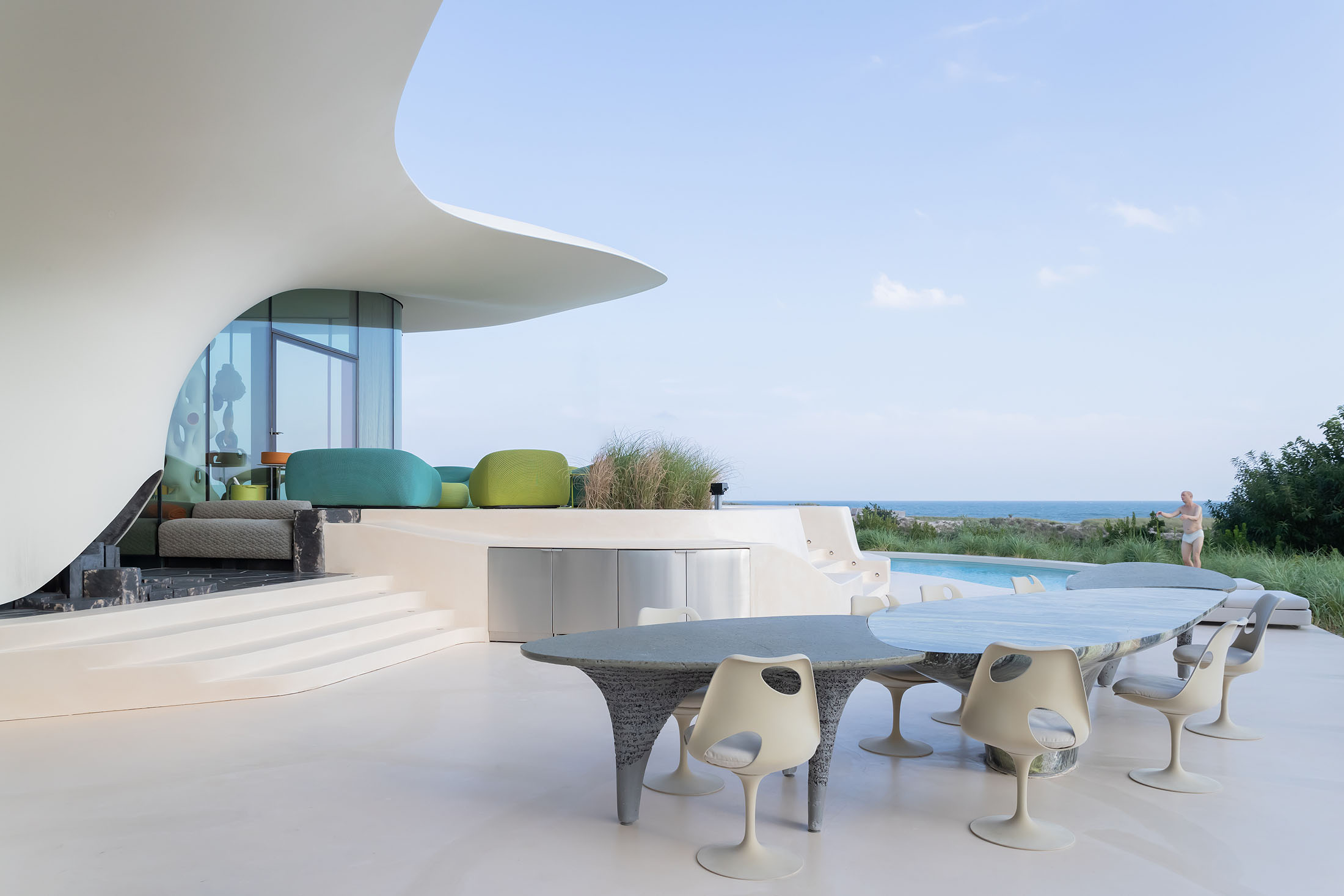
Blue Dream house, Diller Scofidio + Renfro
The story of the Blue Dream house certainly perpetuates the idea that the avant-garde must be birthed from a heroic struggle, a tussle between client and architect, fate and fortune. The spectacular end result is captured by Iwan Baan, who uses his experienced photographic eye to highlight the house’s relationship with its surroundings as well as its utterly unique programme.
Blue Dream and the Legacy of Modernism in the Hamptons, Paul Goldberger, DelMonico Books, $85, DelMonicobooks.com, available via ArtBooks.com
Jonathan Bell has written for Wallpaper* magazine since 1999, covering everything from architecture and transport design to books, tech and graphic design. He is now the magazine’s Transport and Technology Editor. Jonathan has written and edited 15 books, including Concept Car Design, 21st Century House, and The New Modern House. He is also the host of Wallpaper’s first podcast.
-
 Maserati joins forces with Giorgetti for a turbo-charged relationship
Maserati joins forces with Giorgetti for a turbo-charged relationshipAnnouncing their marriage during Milan Design Week, the brands unveiled a collection, a car and a long term commitment
By Hugo Macdonald
-
 Through an innovative new training program, Poltrona Frau aims to safeguard Italian craft
Through an innovative new training program, Poltrona Frau aims to safeguard Italian craftThe heritage furniture manufacturer is training a new generation of leather artisans
By Cristina Kiran Piotti
-
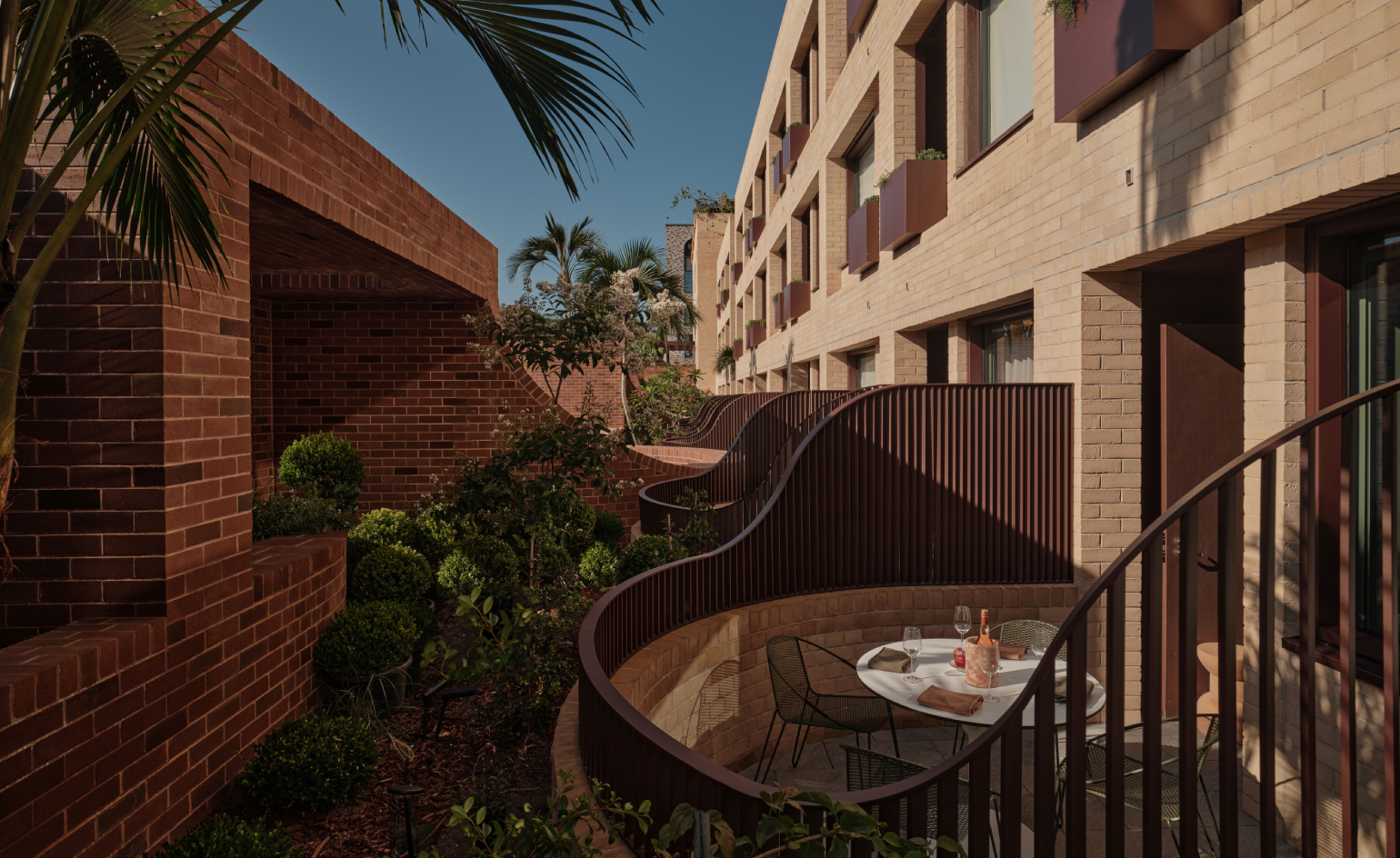 Wallpaper* checks in at The Eve Hotel Sydney: a lush urban escape
Wallpaper* checks in at The Eve Hotel Sydney: a lush urban escapeA new Sydney hotel makes a bold and biophilic addition to a buzzing neighbourhood that’s on the up
By Kee Foong
-
 This minimalist Wyoming retreat is the perfect place to unplug
This minimalist Wyoming retreat is the perfect place to unplugThis woodland home that espouses the virtues of simplicity, containing barely any furniture and having used only three materials in its construction
By Anna Solomon
-
 We explore Franklin Israel’s lesser-known, progressive, deconstructivist architecture
We explore Franklin Israel’s lesser-known, progressive, deconstructivist architectureFranklin Israel, a progressive Californian architect whose life was cut short in 1996 at the age of 50, is celebrated in a new book that examines his work and legacy
By Michael Webb
-
 A new hilltop California home is rooted in the landscape and celebrates views of nature
A new hilltop California home is rooted in the landscape and celebrates views of natureWOJR's California home House of Horns is a meticulously planned modern villa that seeps into its surrounding landscape through a series of sculptural courtyards
By Jonathan Bell
-
 The Frick Collection's expansion by Selldorf Architects is both surgical and delicate
The Frick Collection's expansion by Selldorf Architects is both surgical and delicateThe New York cultural institution gets a $220 million glow-up
By Stephanie Murg
-
 Remembering architect David M Childs (1941-2025) and his New York skyline legacy
Remembering architect David M Childs (1941-2025) and his New York skyline legacyDavid M Childs, a former chairman of architectural powerhouse SOM, has passed away. We celebrate his professional achievements
By Jonathan Bell
-
 The upcoming Zaha Hadid Architects projects set to transform the horizon
The upcoming Zaha Hadid Architects projects set to transform the horizonA peek at Zaha Hadid Architects’ future projects, which will comprise some of the most innovative and intriguing structures in the world
By Anna Solomon
-
 Frank Lloyd Wright’s last house has finally been built – and you can stay there
Frank Lloyd Wright’s last house has finally been built – and you can stay thereFrank Lloyd Wright’s final residential commission, RiverRock, has come to life. But, constructed 66 years after his death, can it be considered a true ‘Wright’?
By Anna Solomon
-
 Heritage and conservation after the fires: what’s next for Los Angeles?
Heritage and conservation after the fires: what’s next for Los Angeles?In the second instalment of our 'Rebuilding LA' series, we explore a way forward for historical treasures under threat
By Mimi Zeiger